
On June 18, 1815, at Waterloo, a small town near Brussels, Belgium, two armies fought fiercely in a battle that would shape history. French forces under Napoleon Bonaparte attacked the allied forces of Belgium, Britain, Hanover and the Netherlands under the command of England’s Duke of Wellington.
The opposing armies were nearly equal in number, though Napoleon had superior artillery and cavalry. Because of heavy rains the day before, Napoleon delayed his attack until noon. This gave time for Prussian soldiers to arrive to reinforce Wellington.
People in England were eagerly awaiting news of the outcome of this momentous battle. The message came by signal across the English channel, one letter at a time. ”W-E-L-L-I-N-G-T-O-N D-E-F-E-A-T-E-D.” Then a thick fog closed in and nothing more could be seen. Throughout England everyone was devastated at the thought their great Wellington had lost.
Then the fog lifted and the message came again.“W-E-L-L-I-N-G-T-O-N D-E-F-E-A-T-E-D T-H-E E-N-E-M-Y.” Church bells rang and people rejoiced as news of the victory spread.
A similar thing happened 20 Centuries ago. On a scull-shaped hill called Calvary, Jesus was crucified and died. Taken from the cross, He was buried in Joseph’s cave tomb nearby. With a heavy stone rolled over the entrance and Roman guards blocking any intrusion, a sad message spread everywhere.
“J-E-S-U-S D-E-F-E-A-T-E-D.” The confusion was thicker than the fog that spread over the English channel. Gloom was the prevalent feeling. How could this have happened? Jesus had been so special, and had promised so much! Friday turned to Saturday. And then came Sunday. Another message was spelled out. J-E-S-U-S D-E-F-E-A-T-E-D T-H-E E-N-E-M-Y.” First His disciples, and then hundreds of others saw Him alive again. The darkness of defeat was illuminated by the brilliance of the Resurrection.
Christ Jesus is Risen. He is not the vanquished but the Victor. He who was condemned is the Conqueror. Out of the gore of the cross came the Glory of the Risen Redeemer. All that would have come against us, came against Him. And He won! Forever He has won! The real message of this time is: “J-E-S-U-S D-E-F-E-A-T-E-D T-H-E E-N-E-M-Y.”
From the Garden of Eden long, long ago where Paradise was lost, to the Garden of Gethsemane where Jesus prayed “Not My will, but Yours be done”, then on to Golgotha and the empty tomb, Paradise was regained, mankind was redeemed, victory was won!
Christ’s Resurrection, though not believed by many, is the most well documented event of history. His promises were kept! His power was demonstratively shown! And because of His great victory we can live victoriously each day. Christ lives to live in us. It’s a spiritual but wondrously personal reality. As scripture says, “The sting of death is sin, and the power of sin is the law. But thanks be to God. He gives us victory through our Lord Jesus Christ. Therefore my beloved brothers, stand firm. Let nothing move you. Always give yourselves fully to the work of the Lord, because you know that your labor in the Lord is not in vain.”
– I Corinthians 15:56-58
Till next time, Don Johnson, KP Chaplain



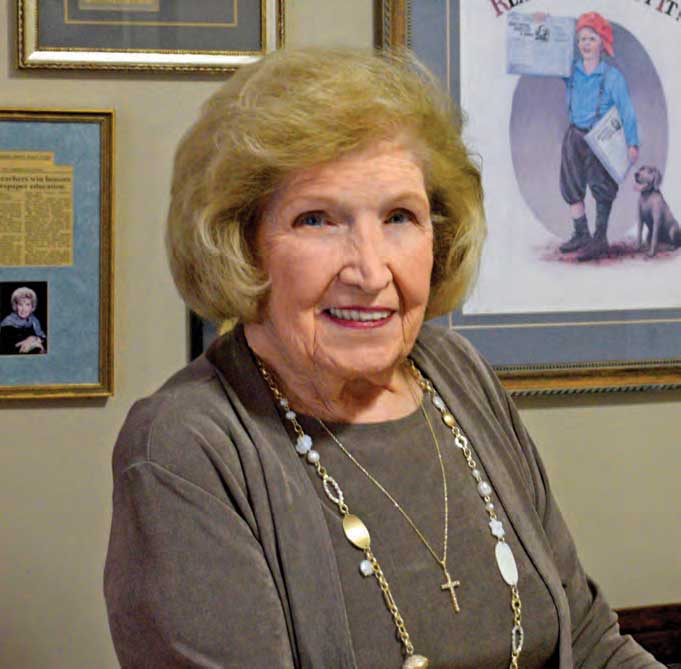
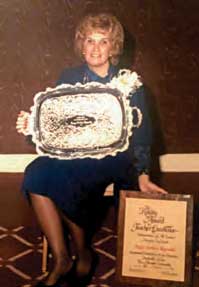


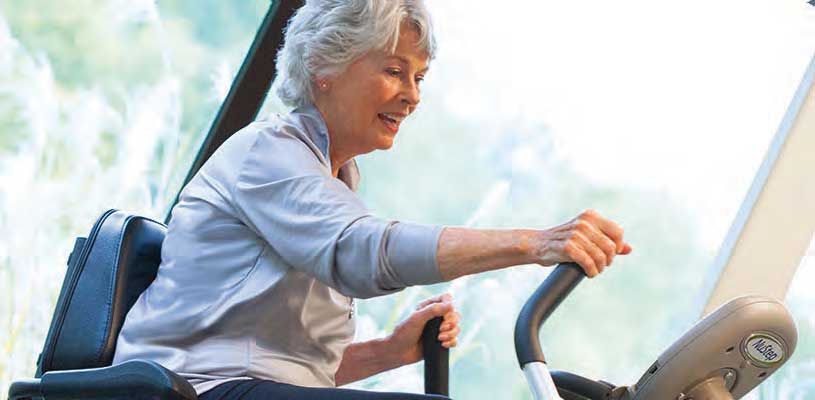
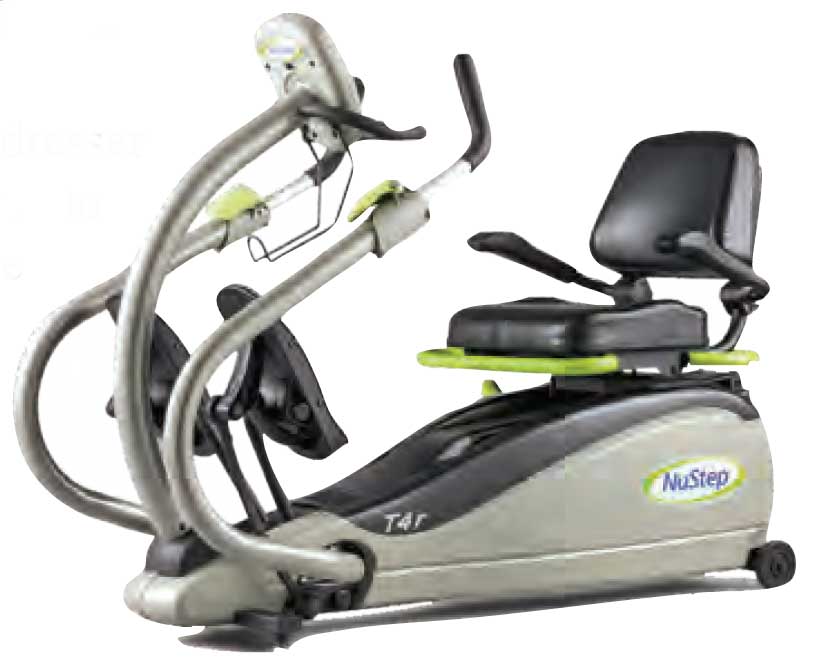
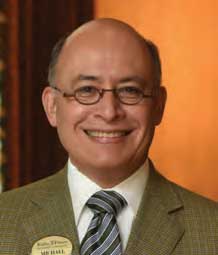


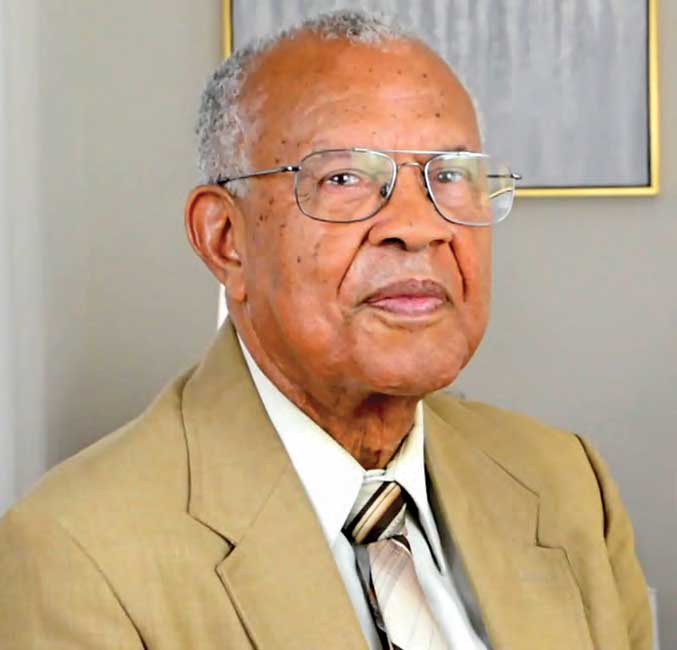
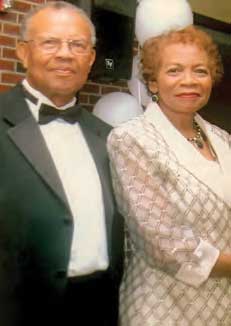
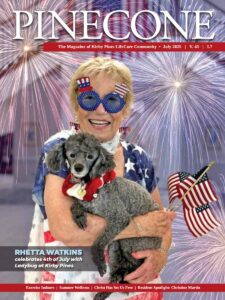

 © 2025 Kirby Pines LifeCare Community. All Rights Reserved |
© 2025 Kirby Pines LifeCare Community. All Rights Reserved | 